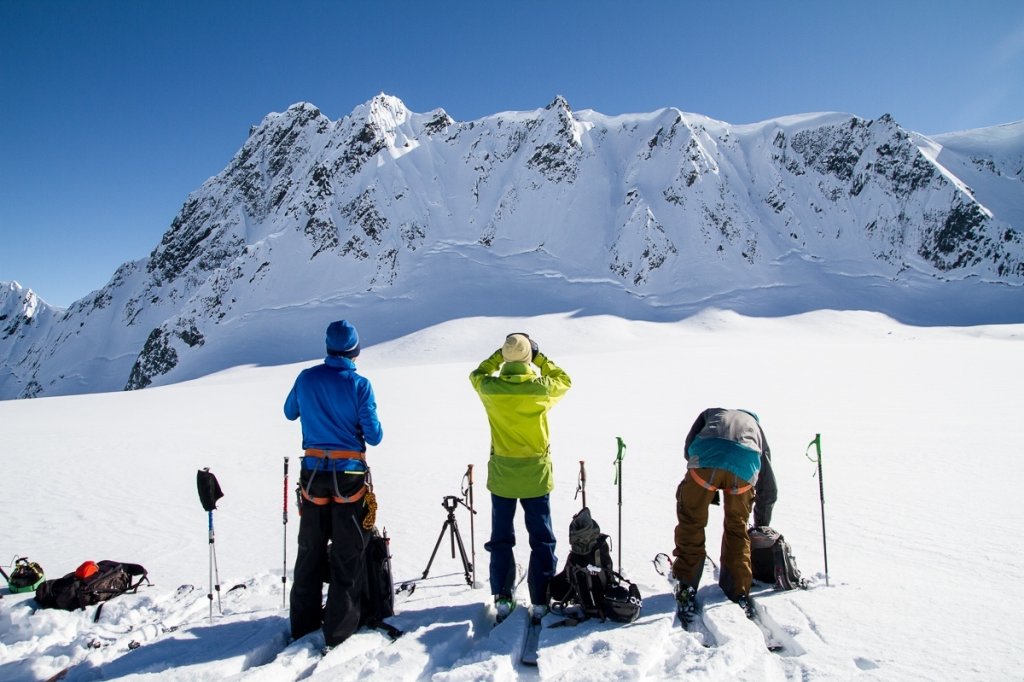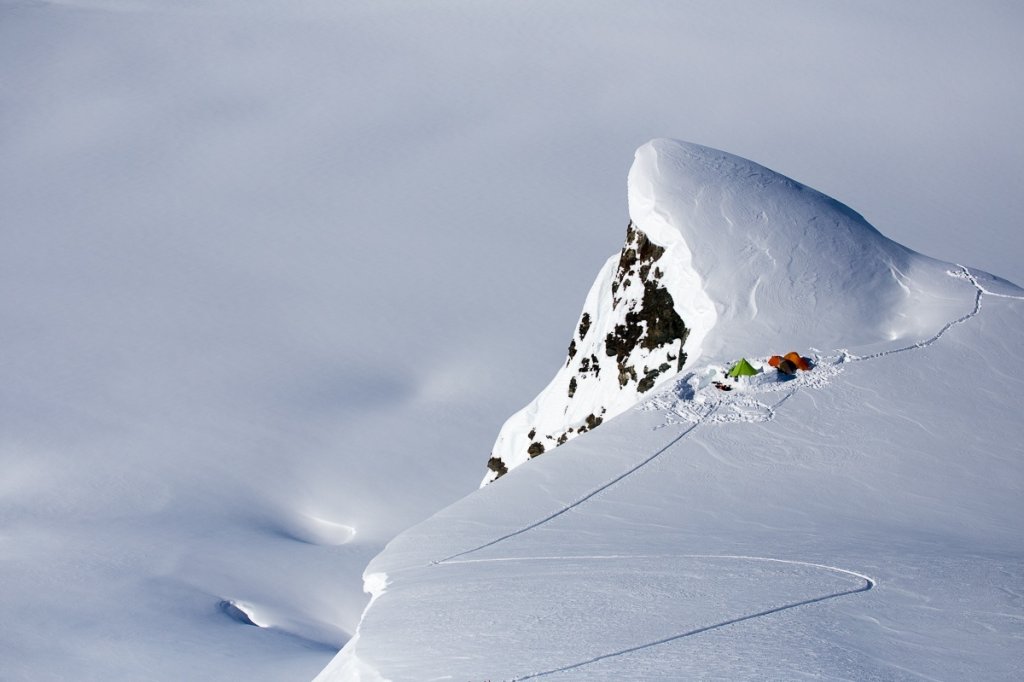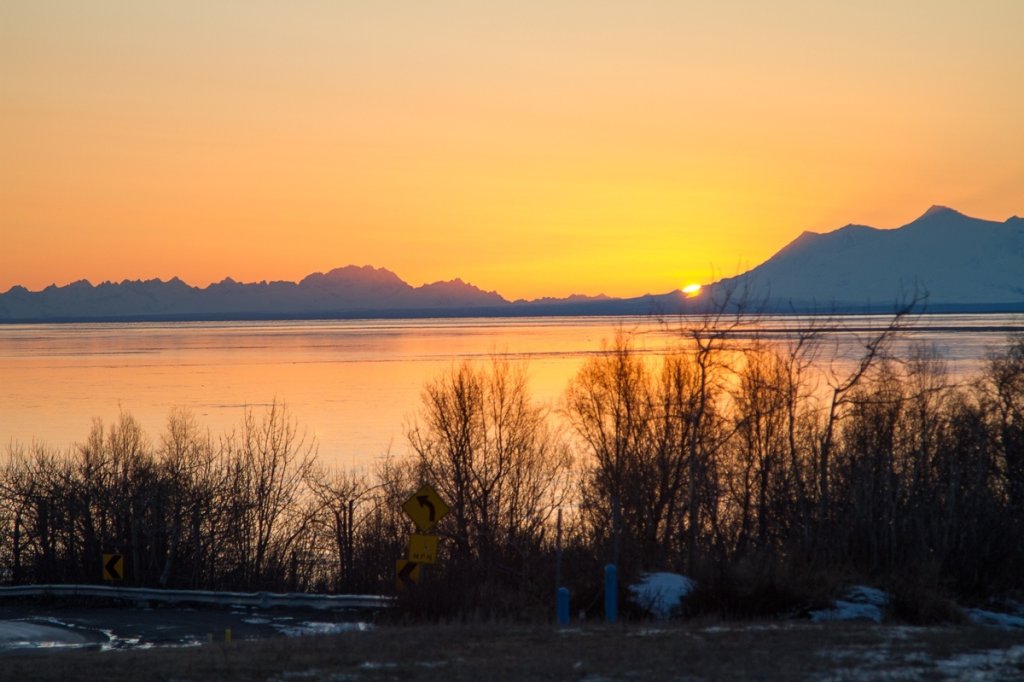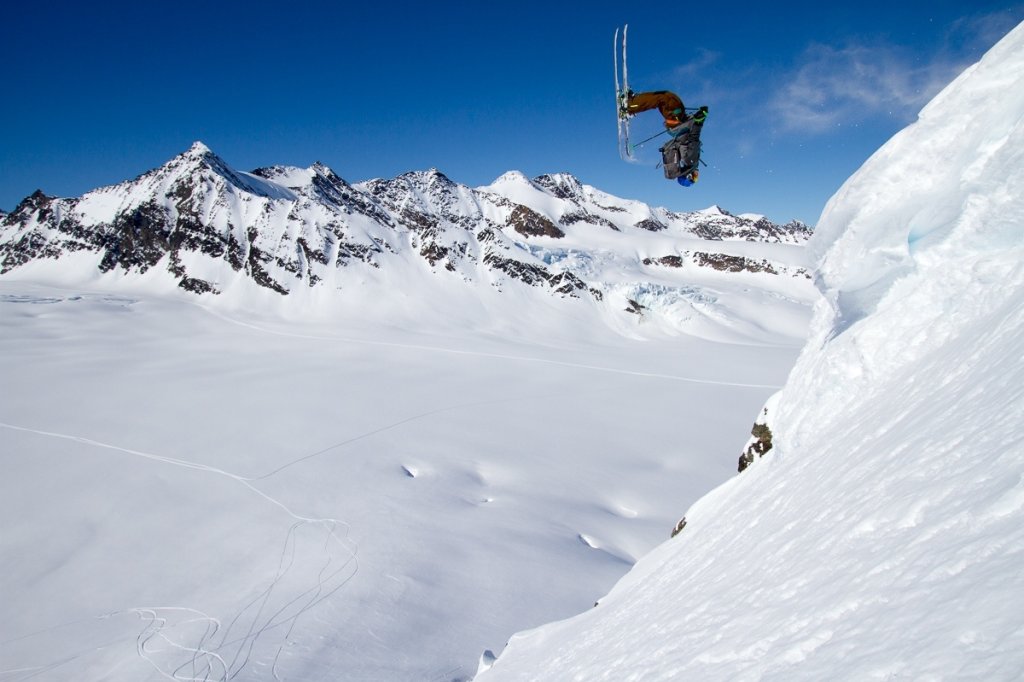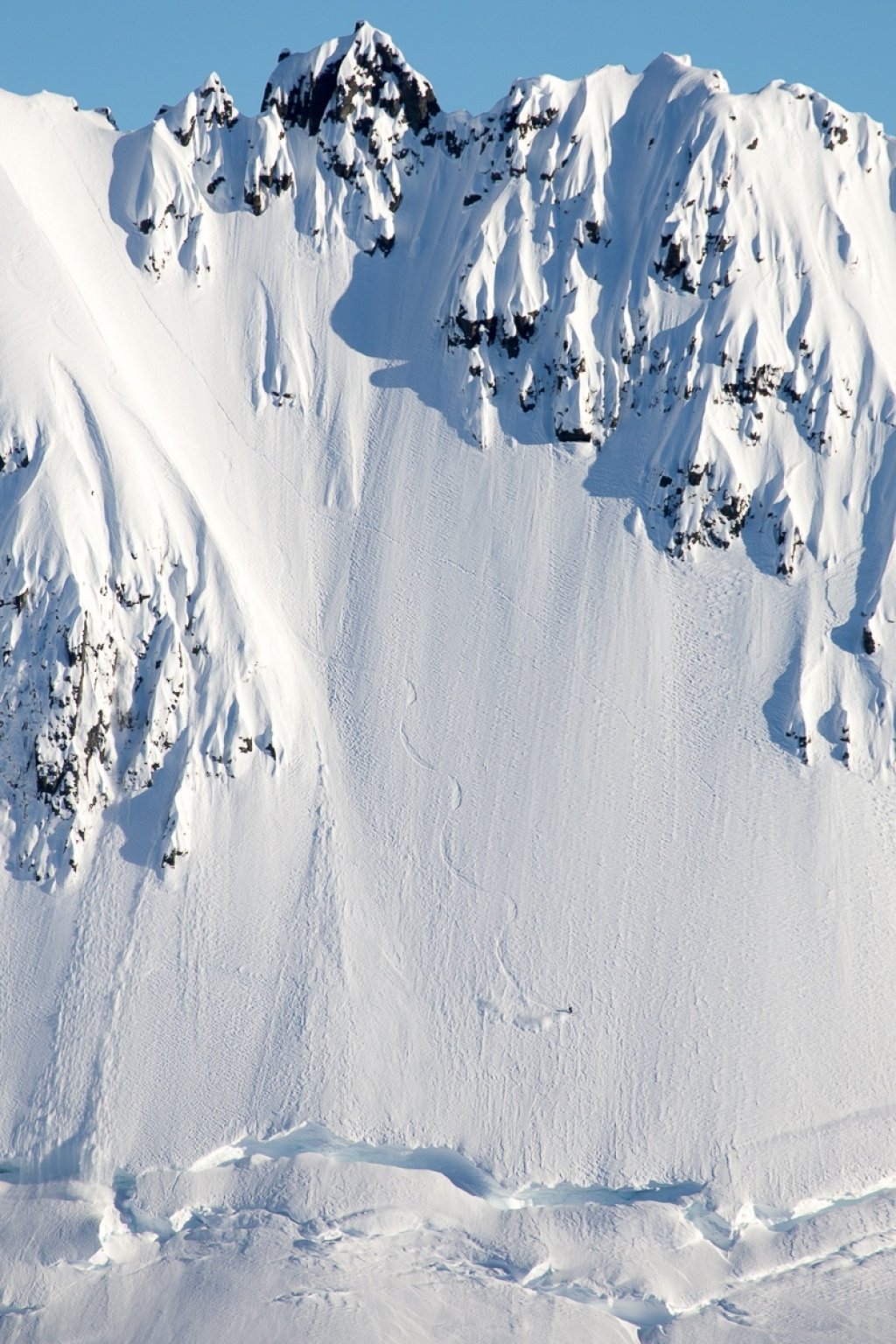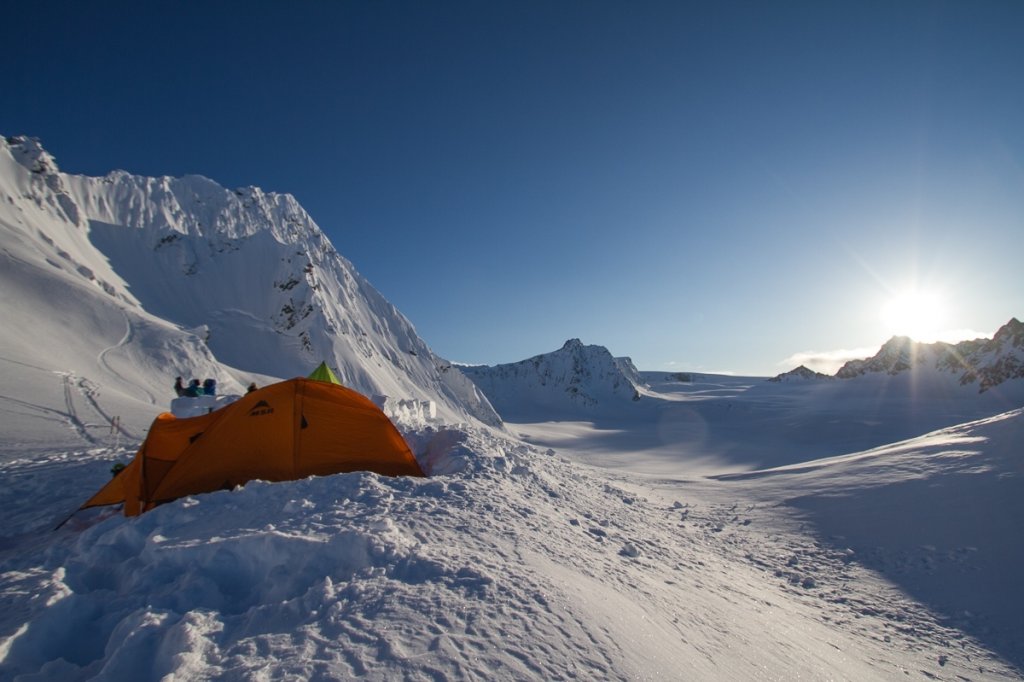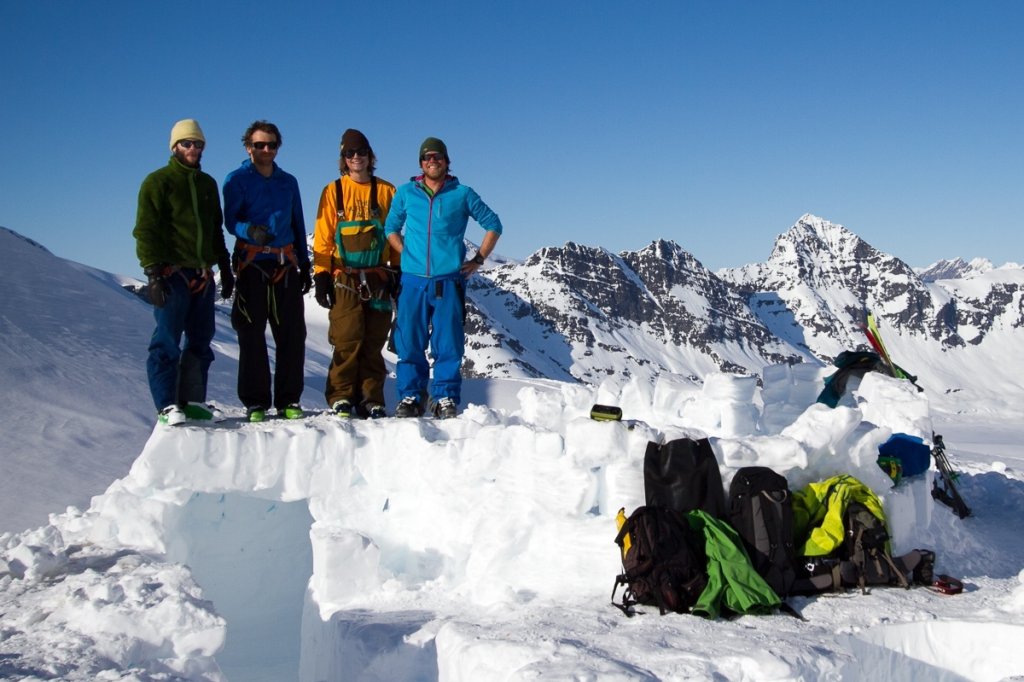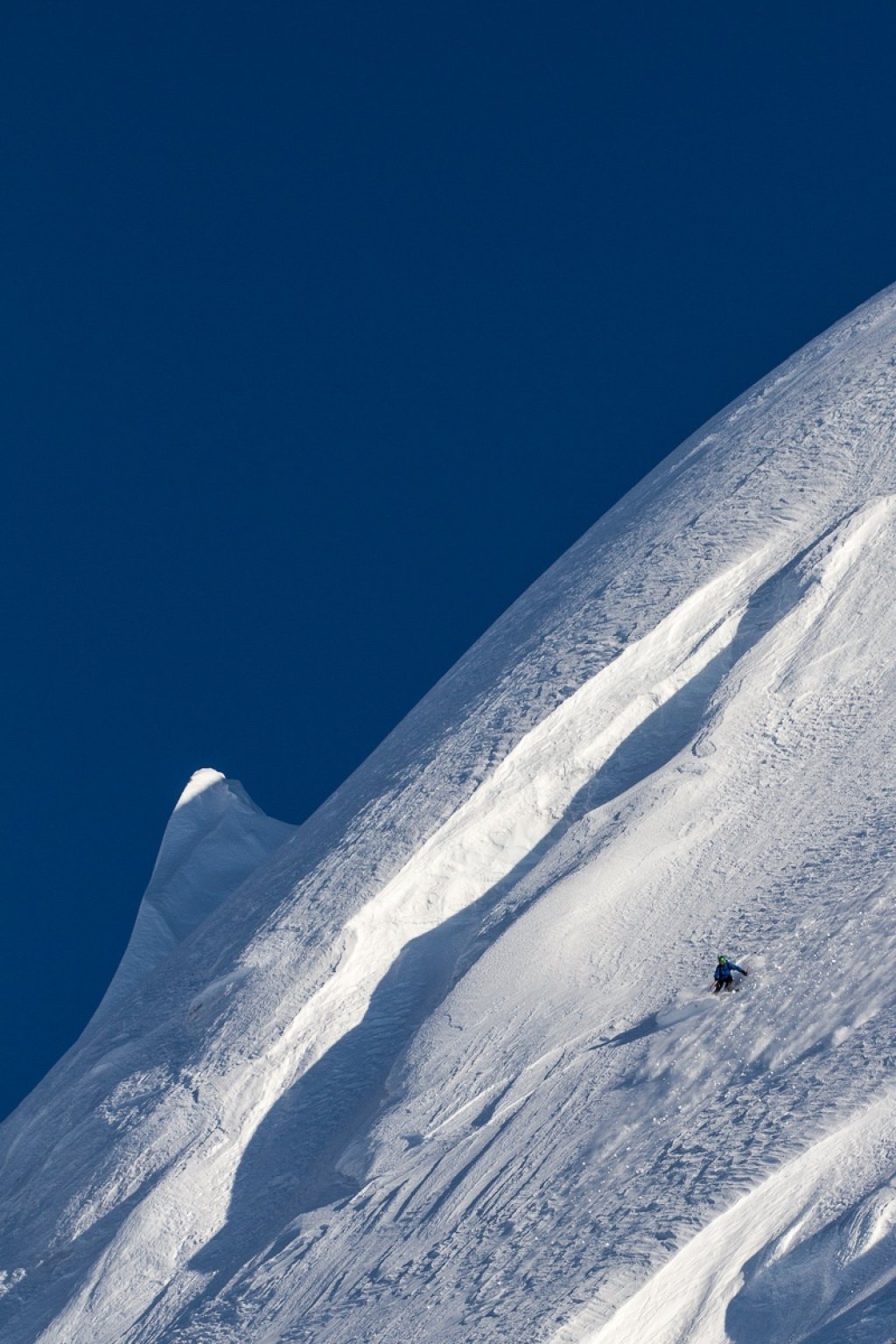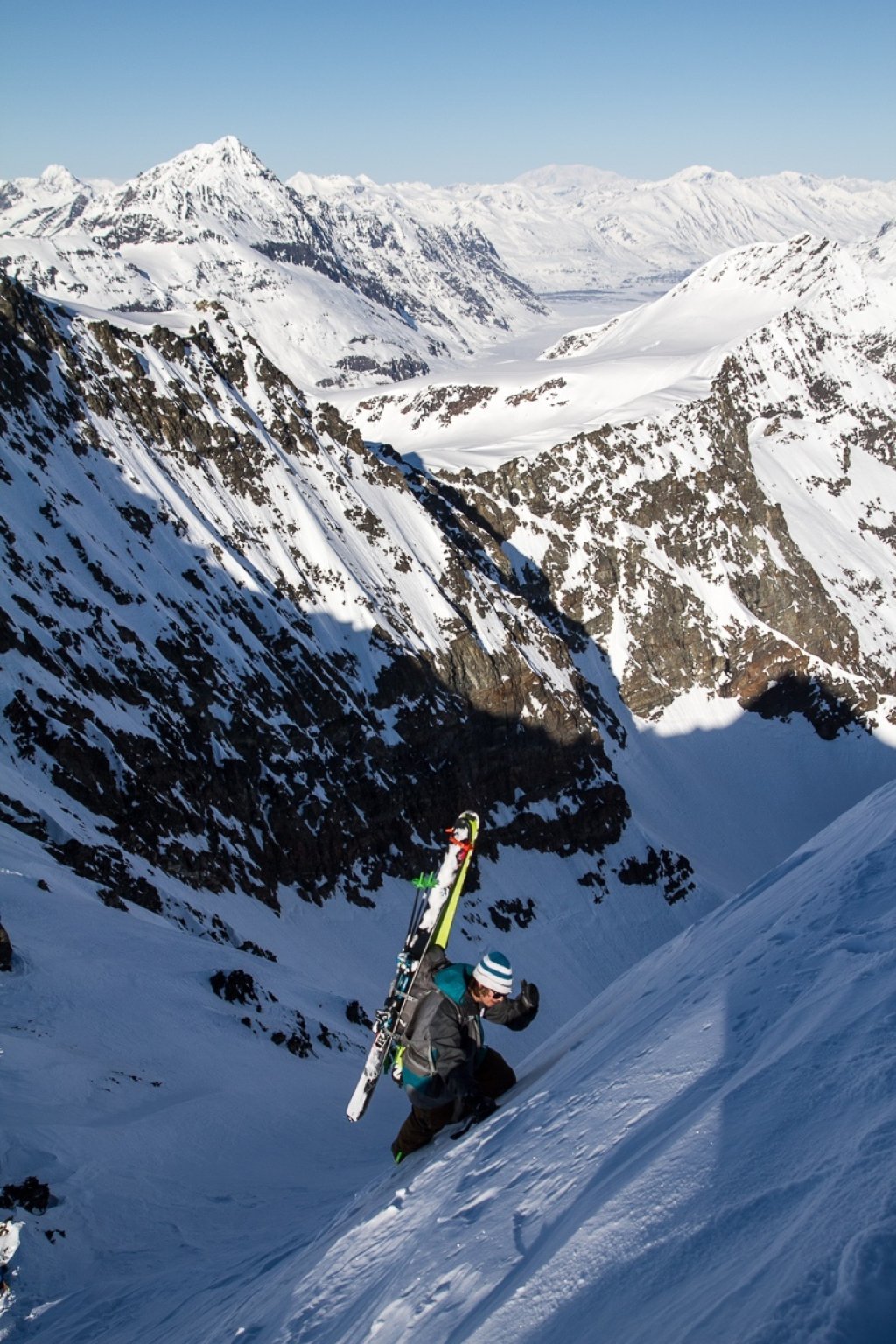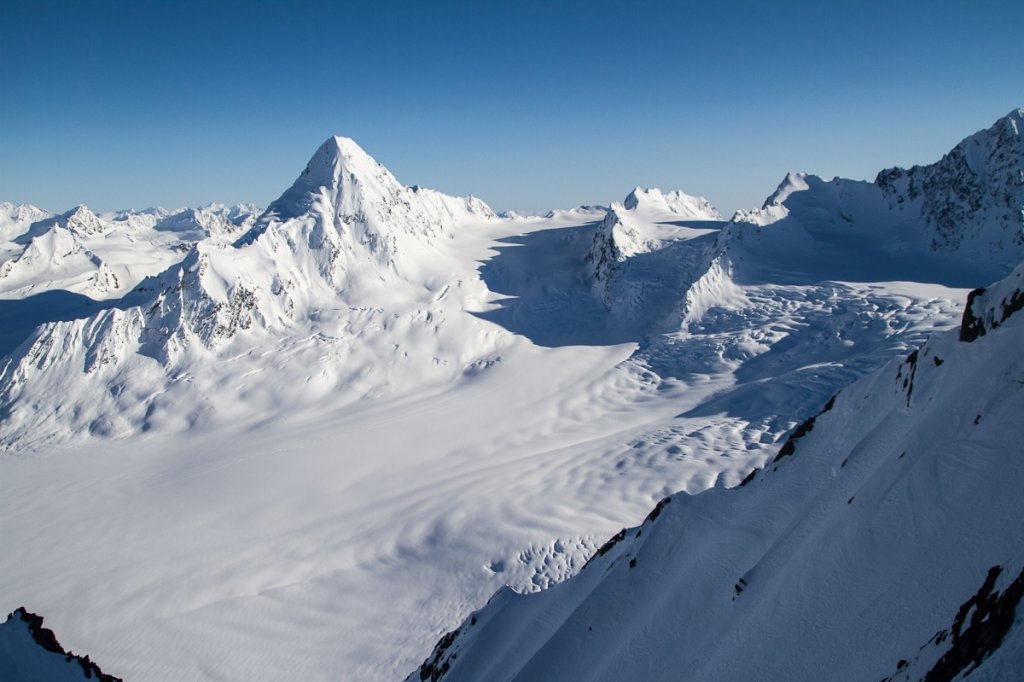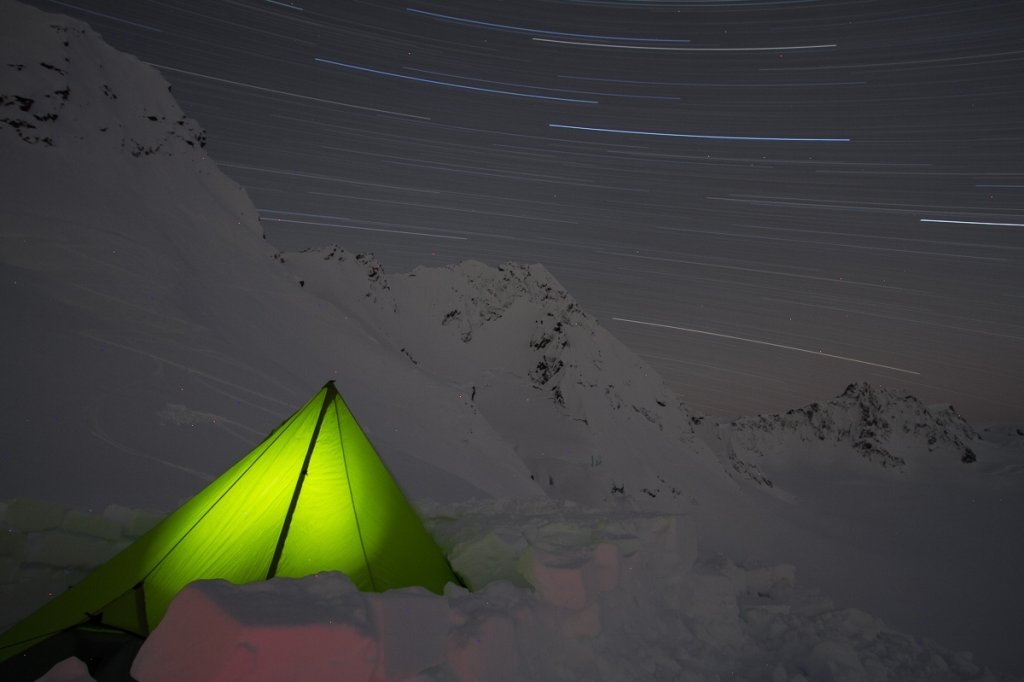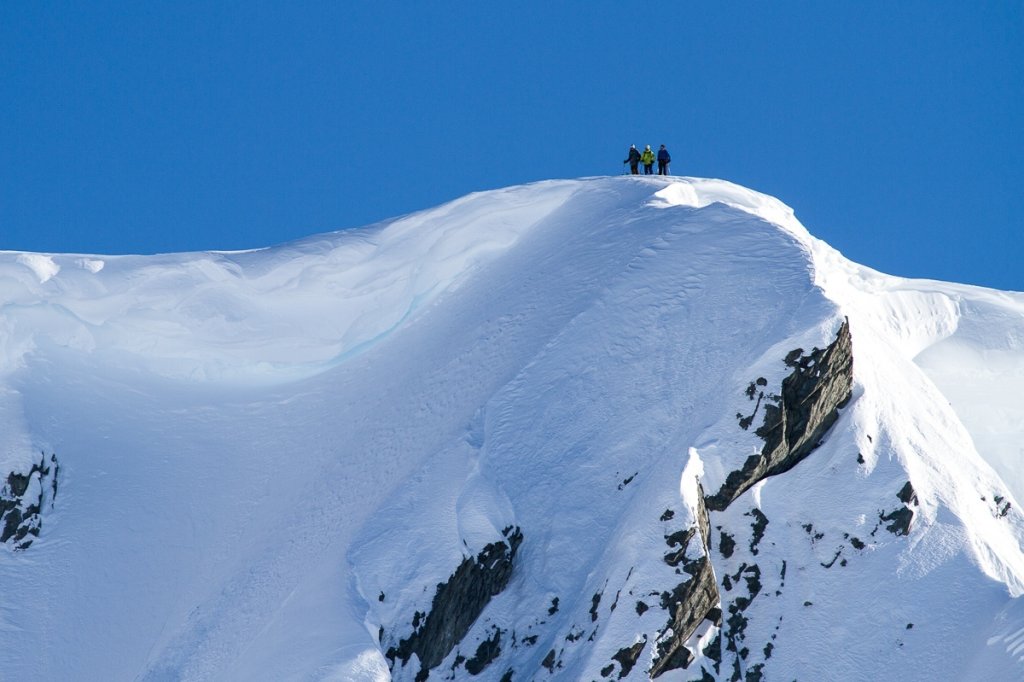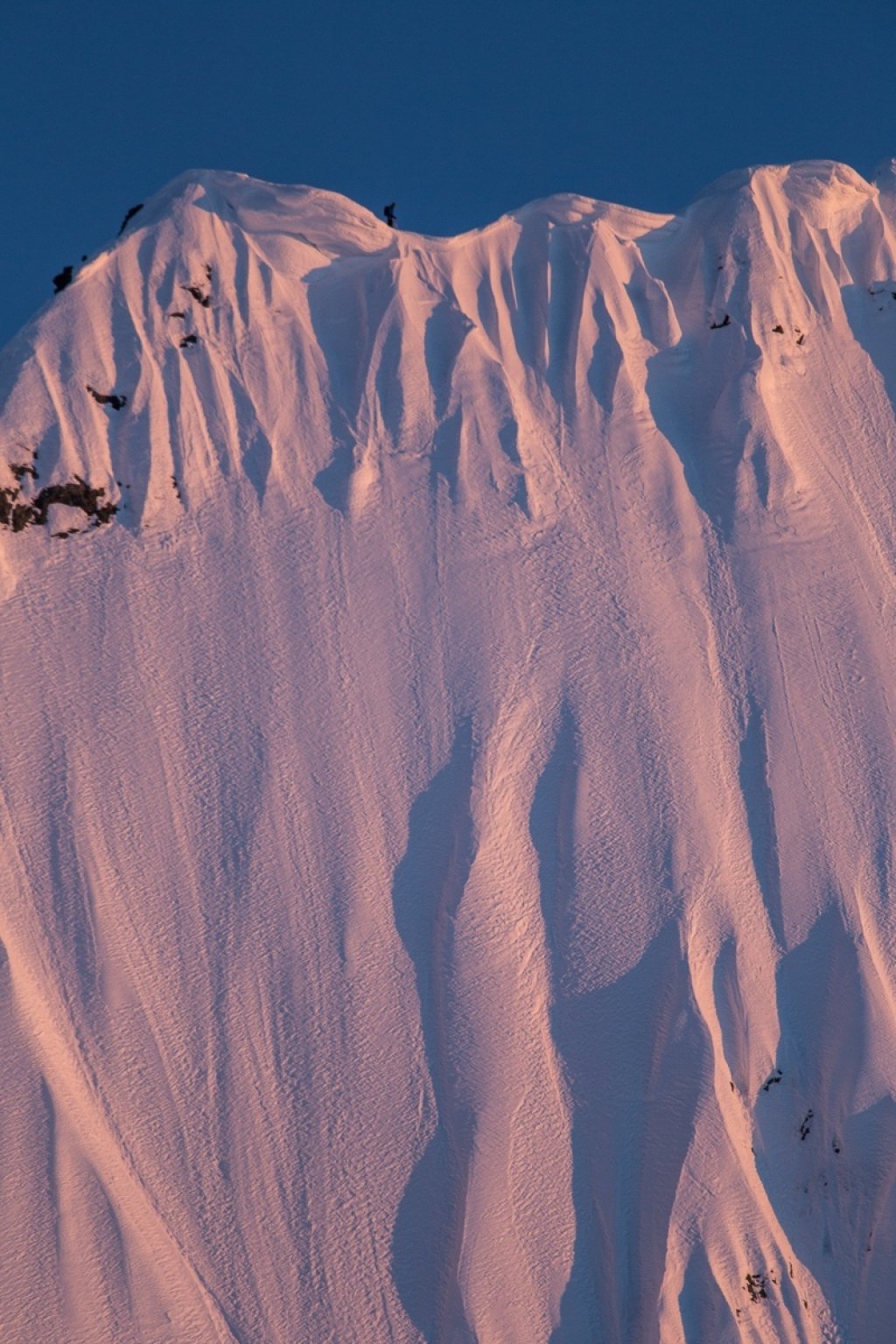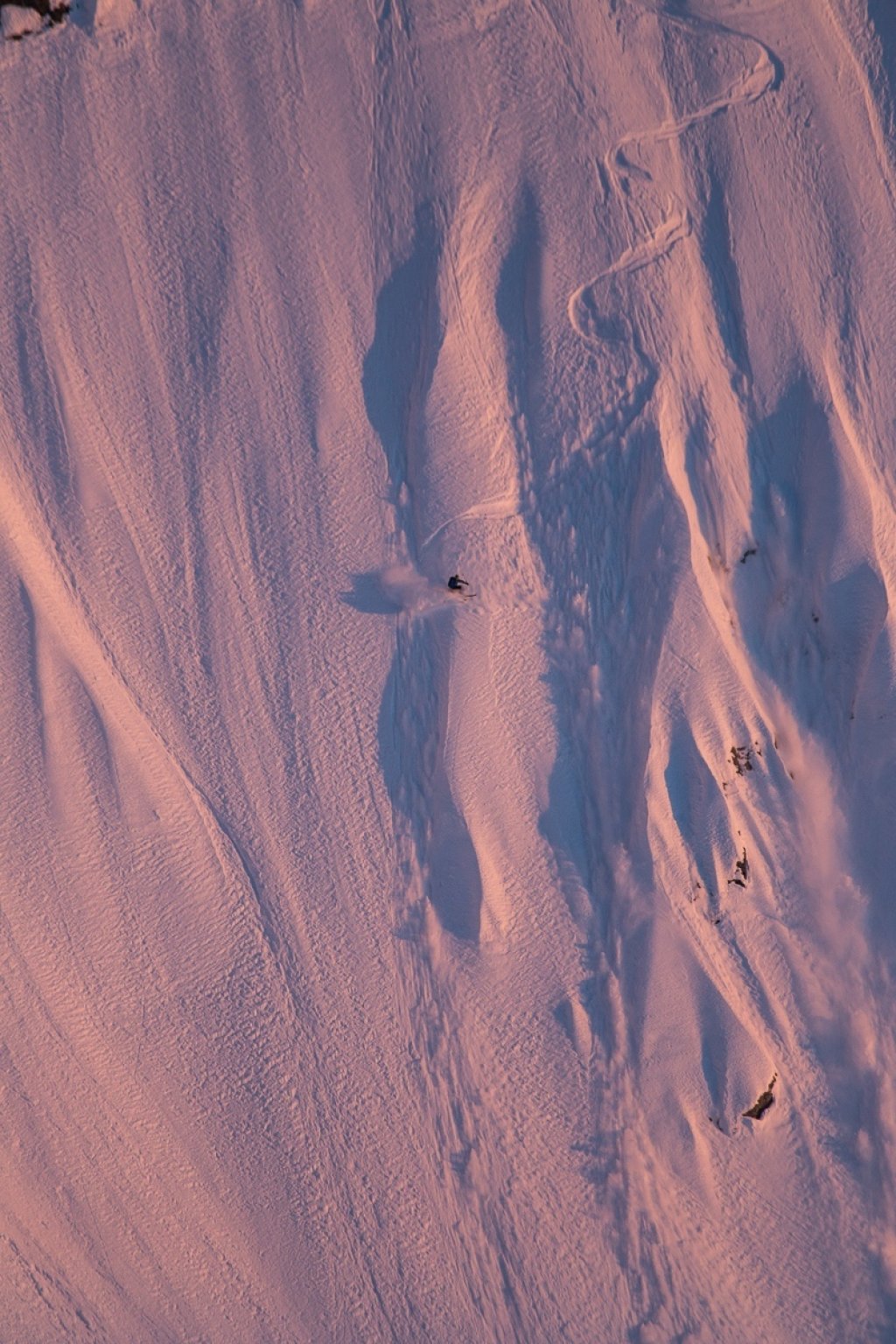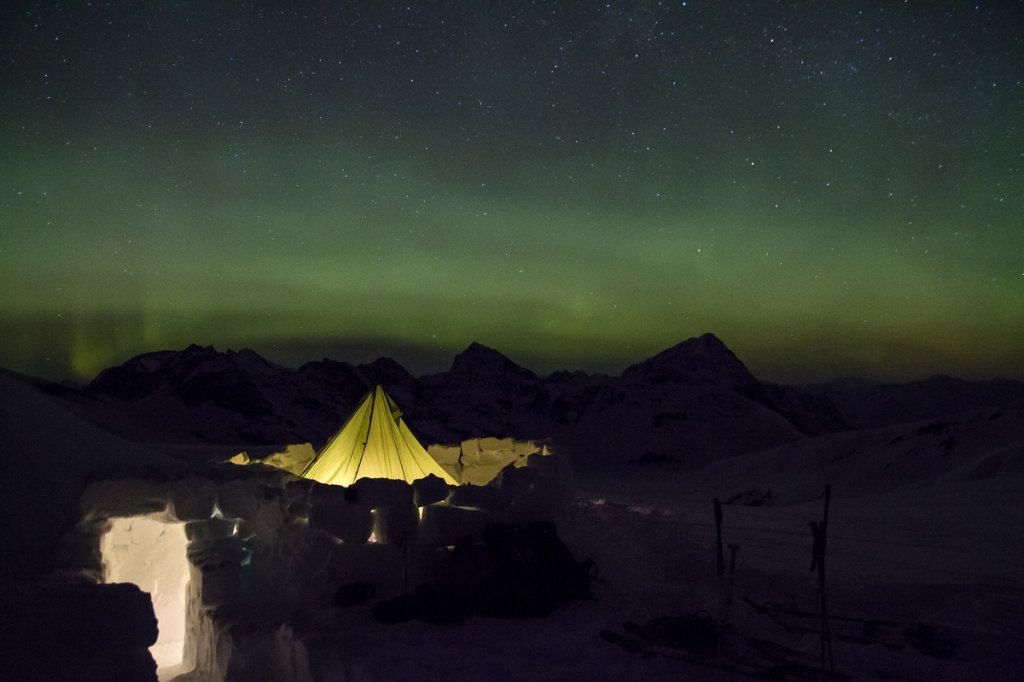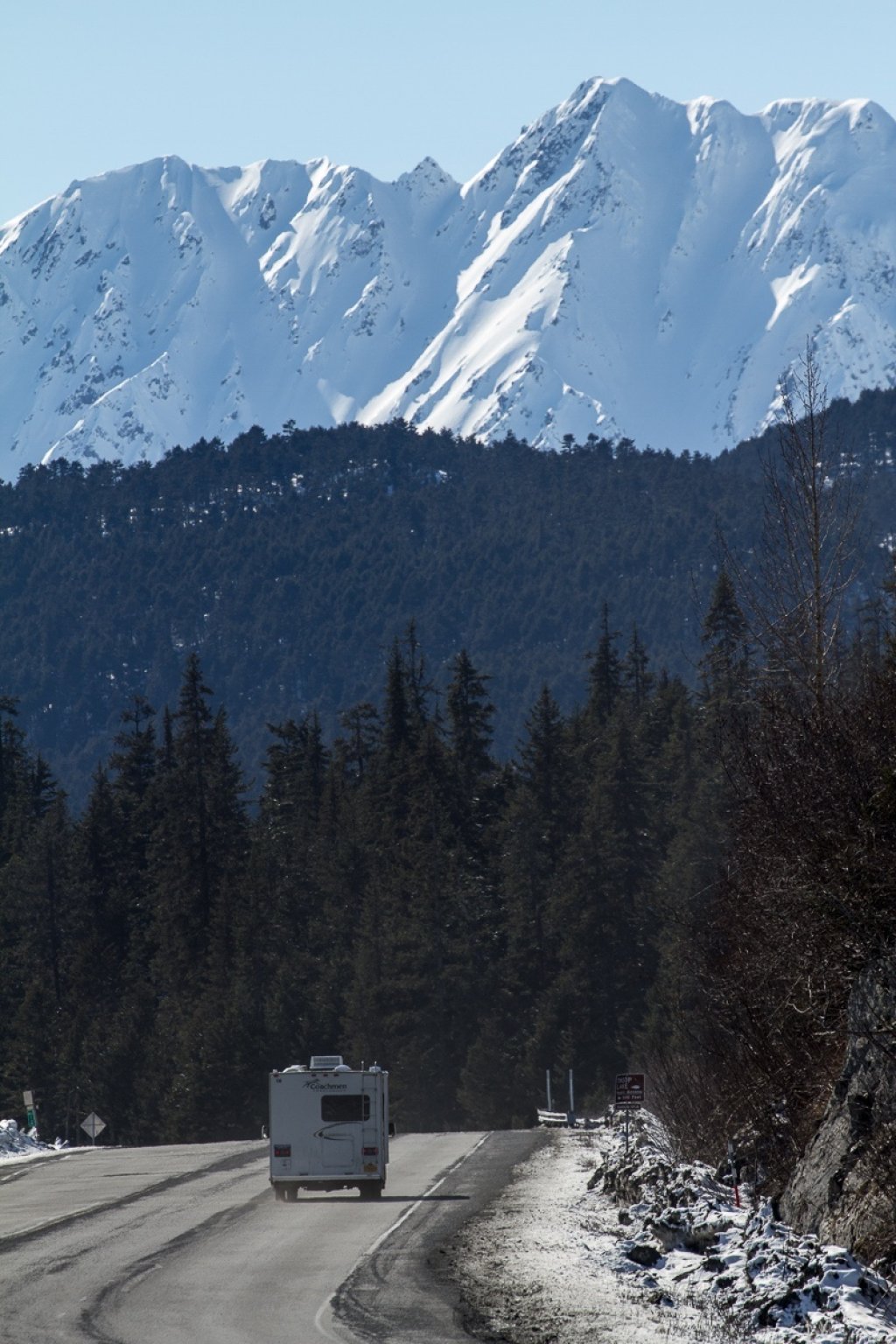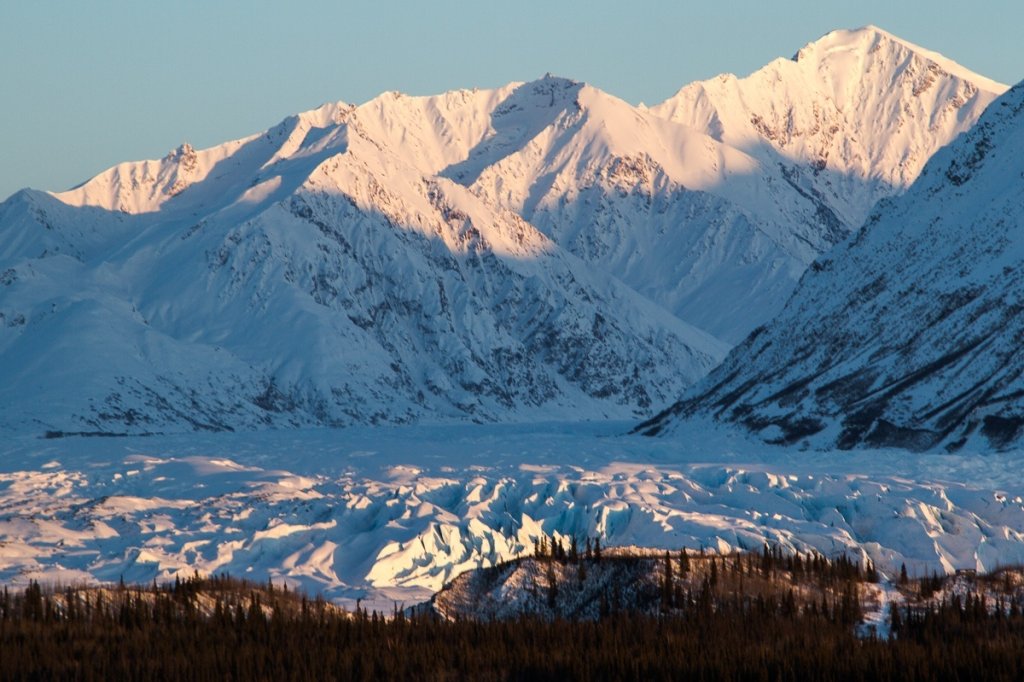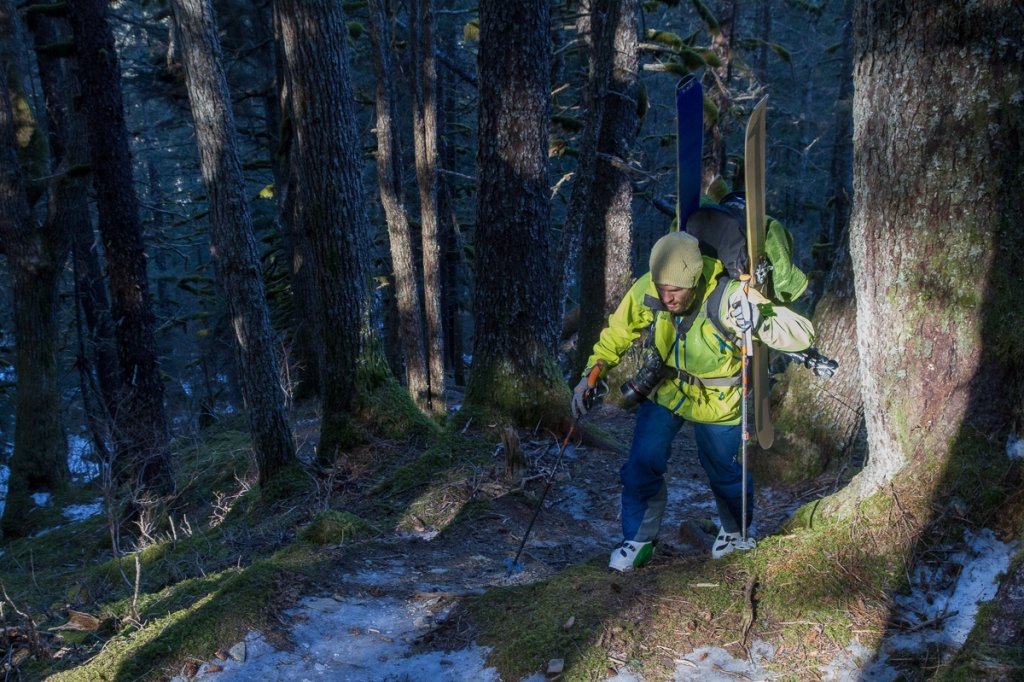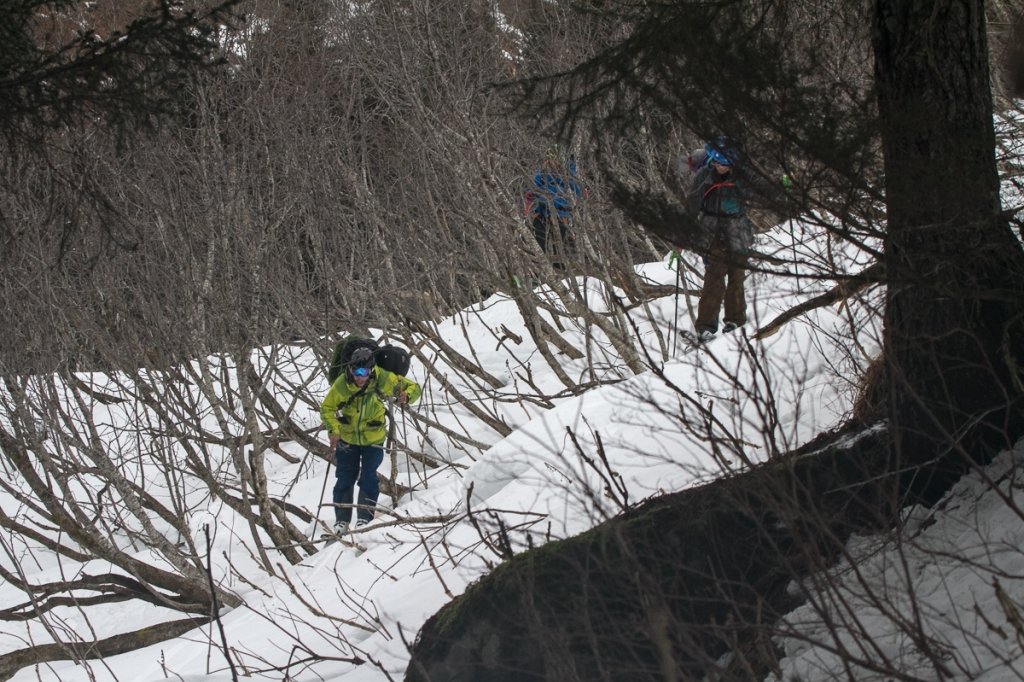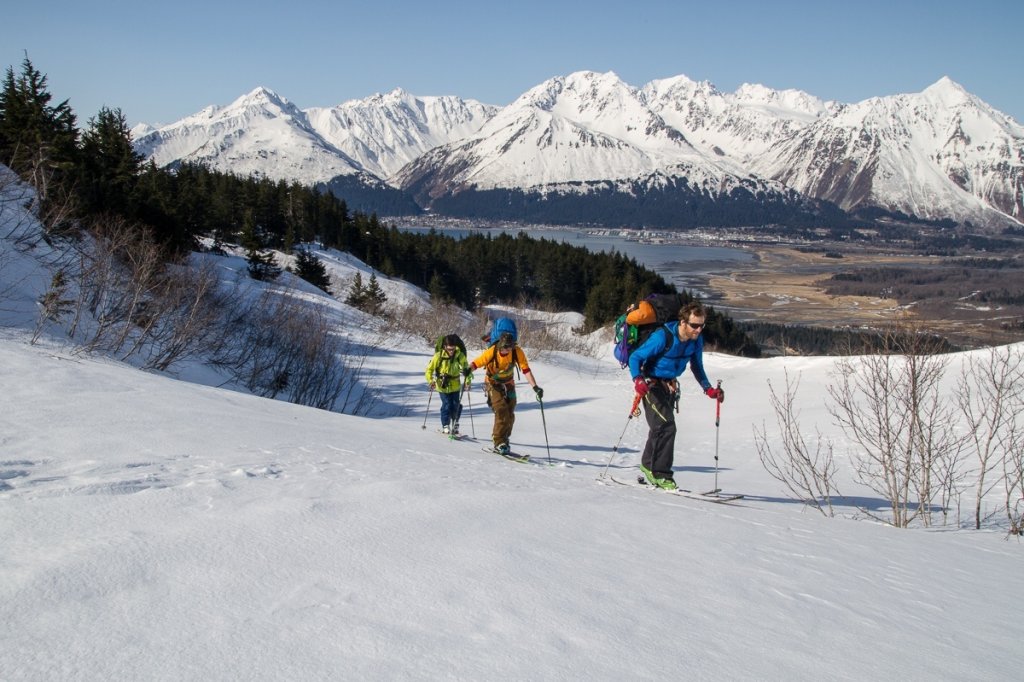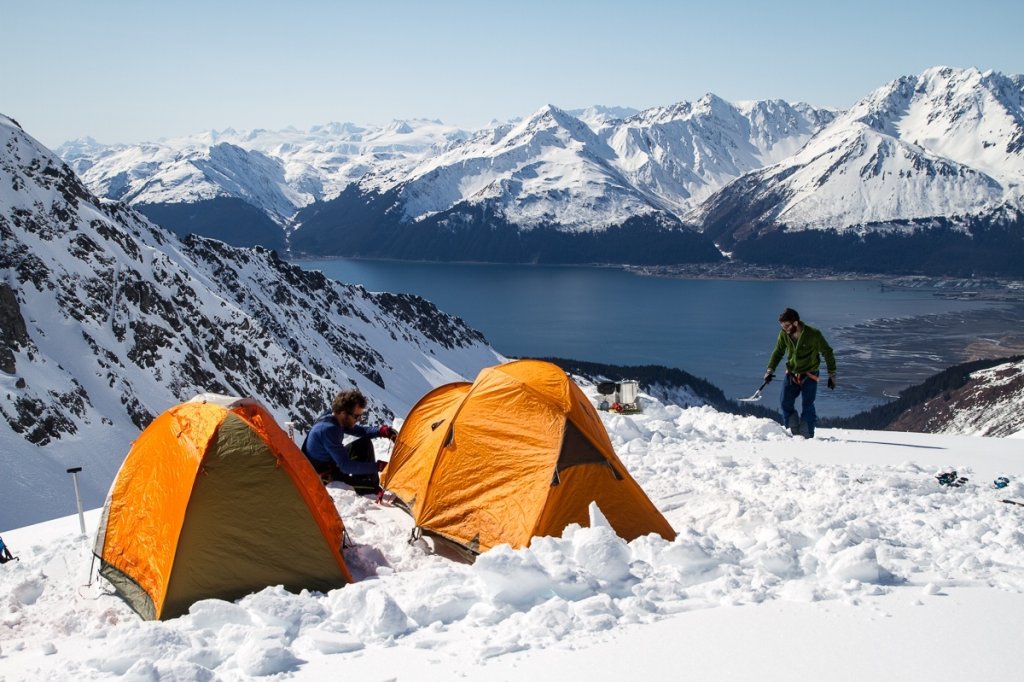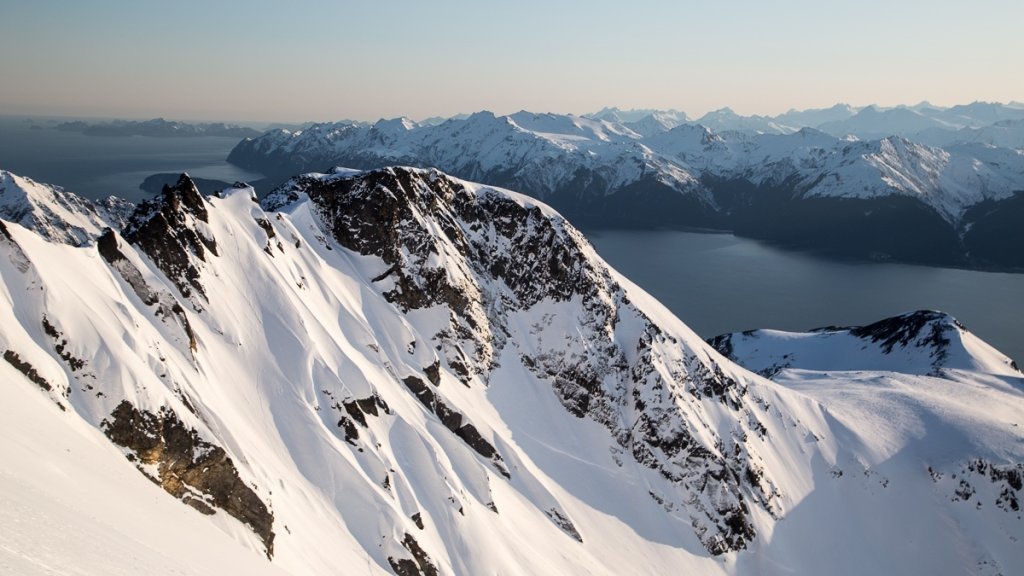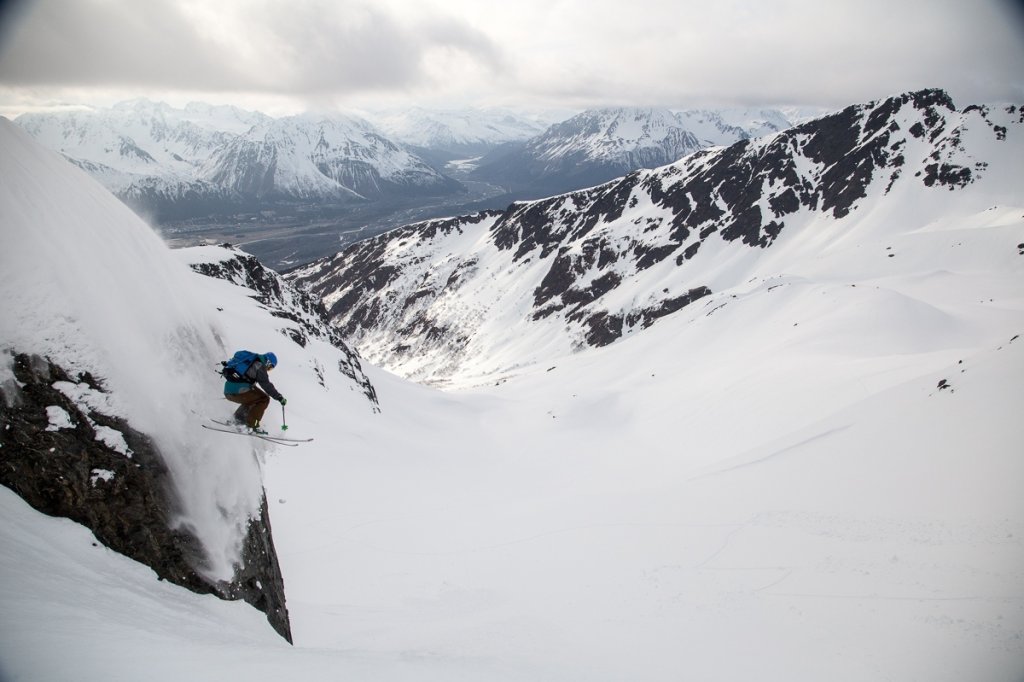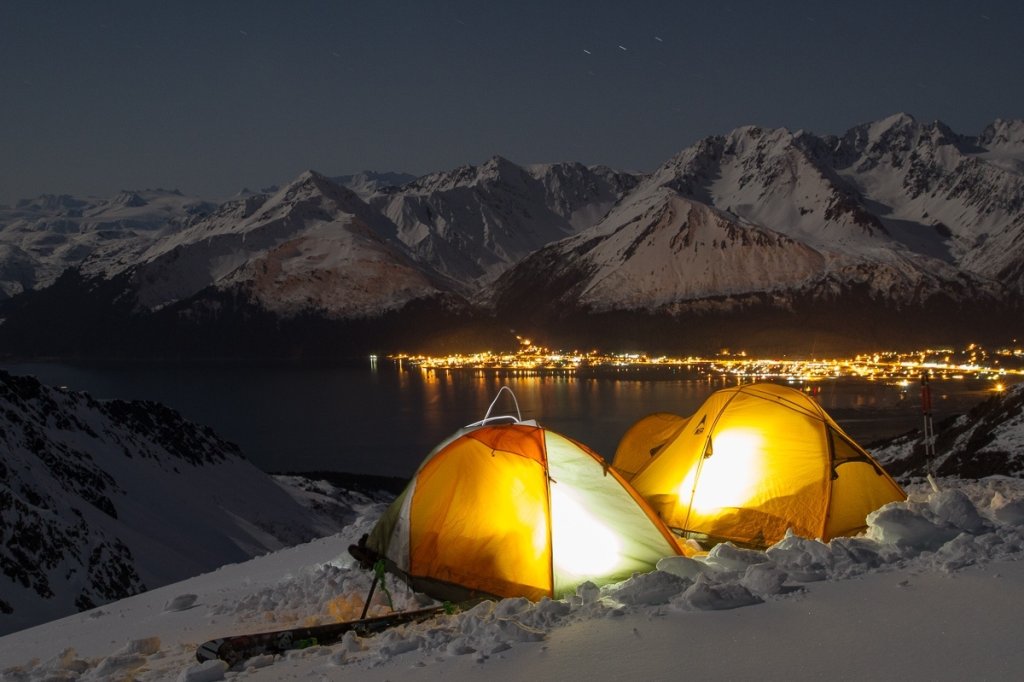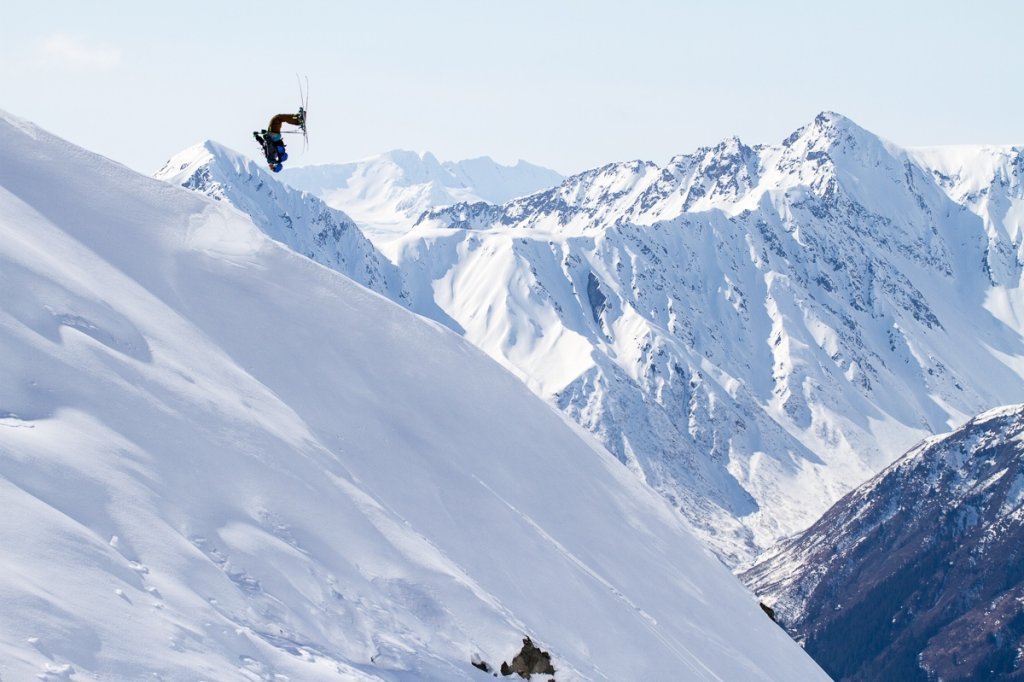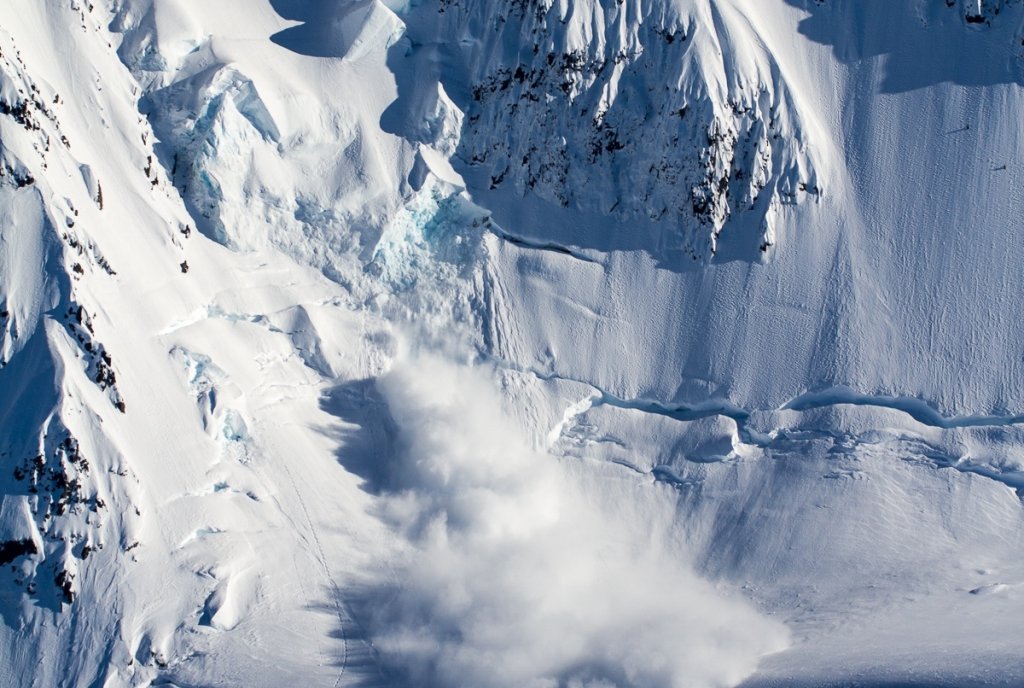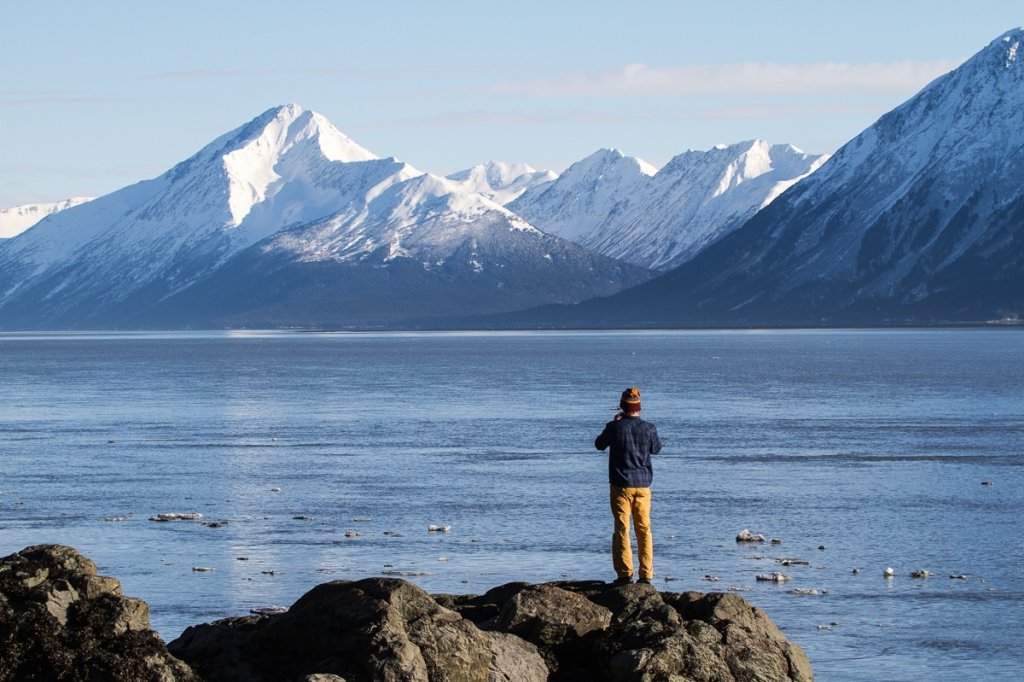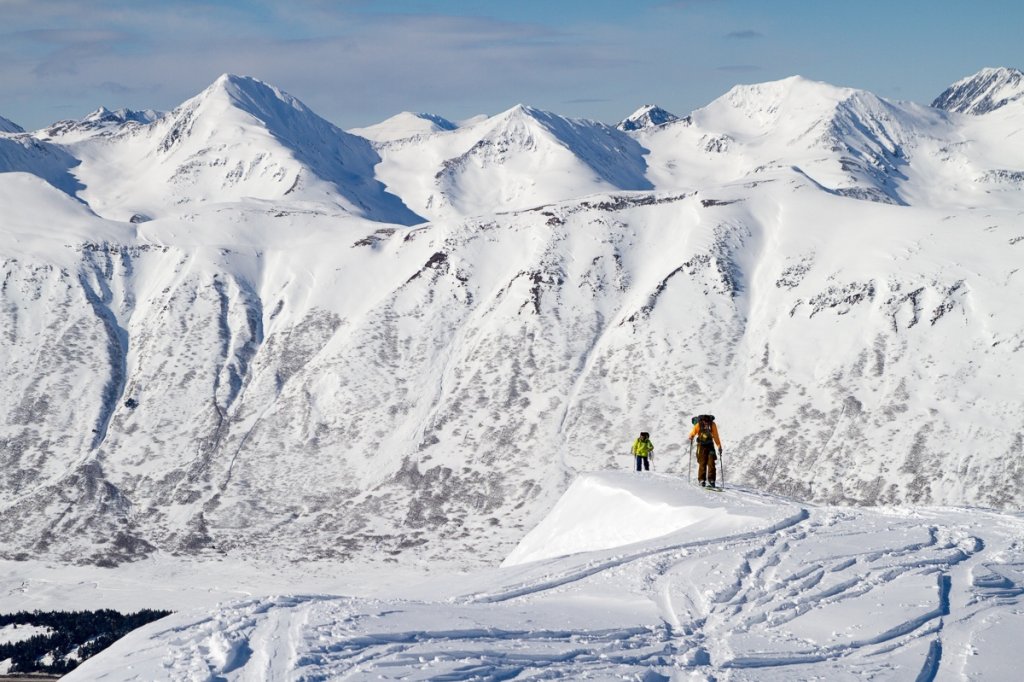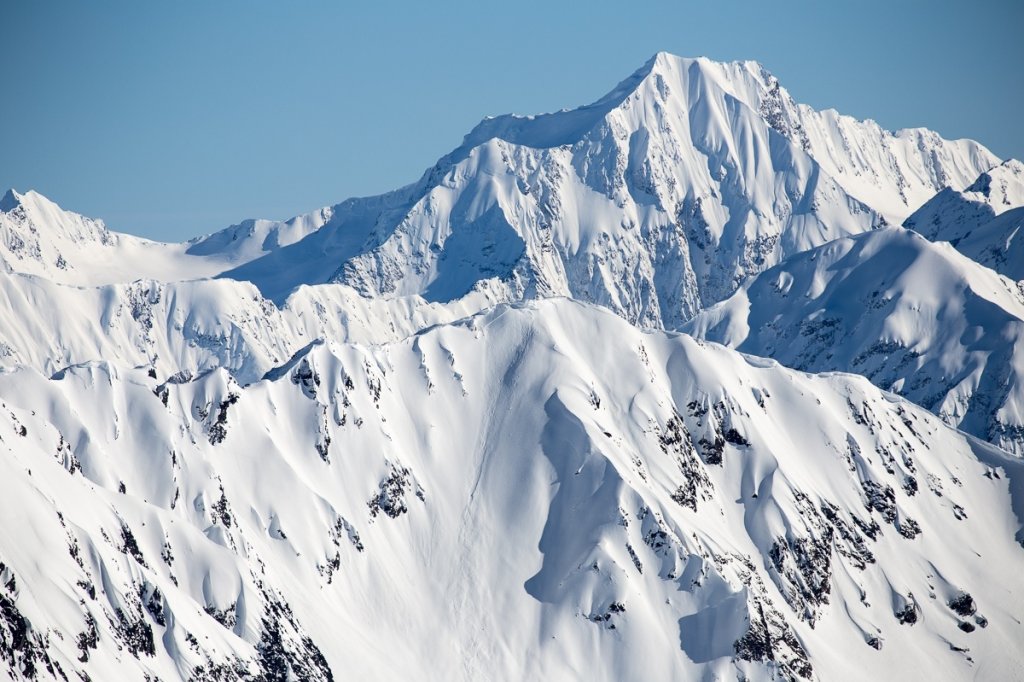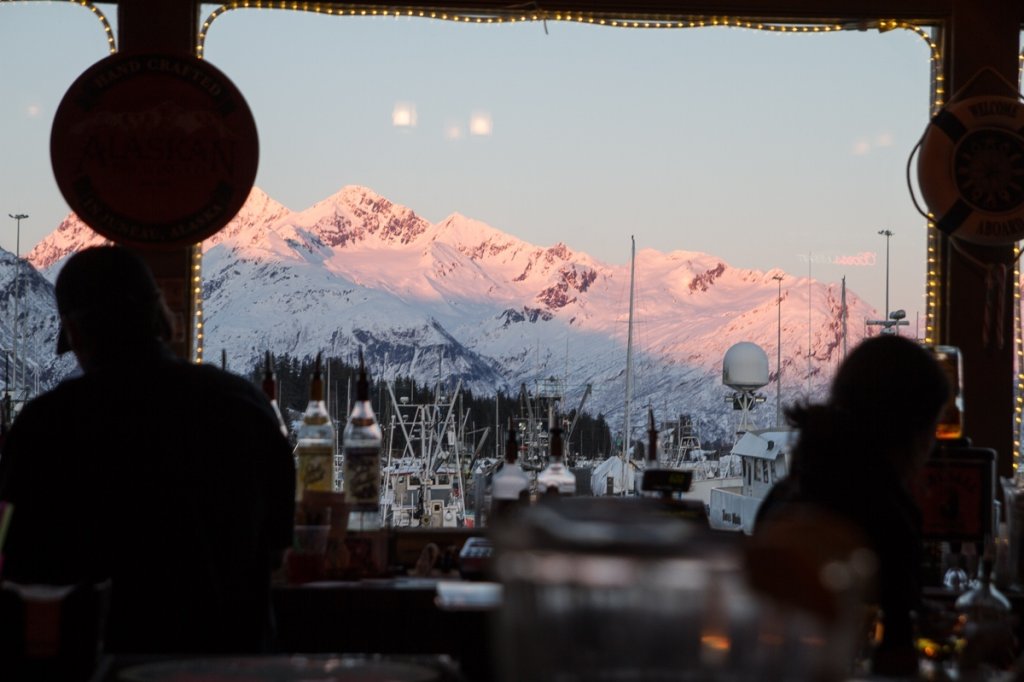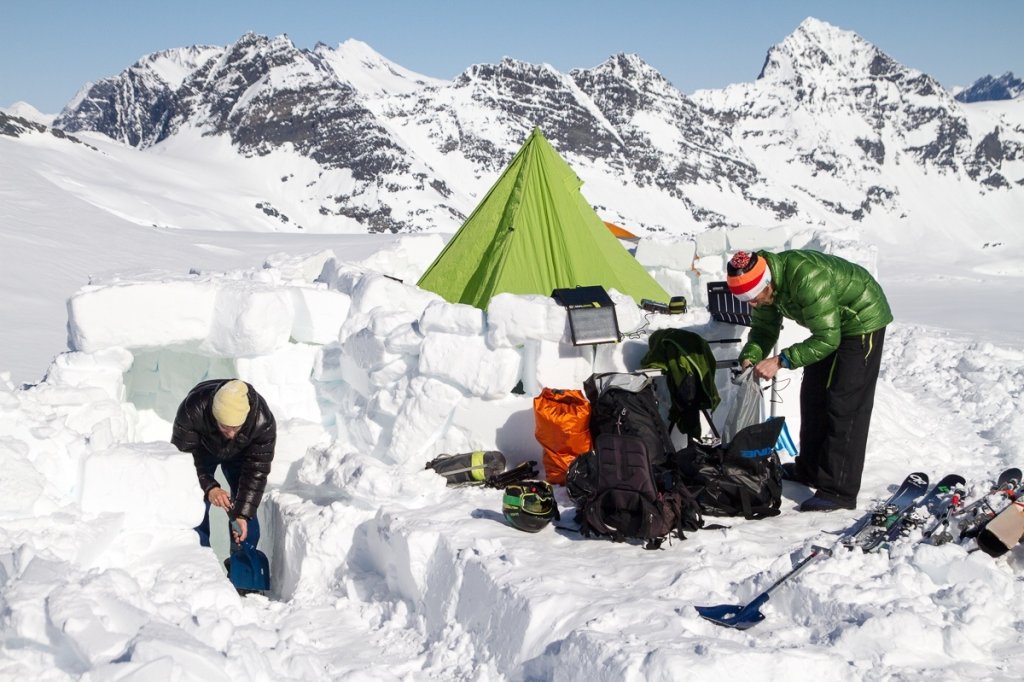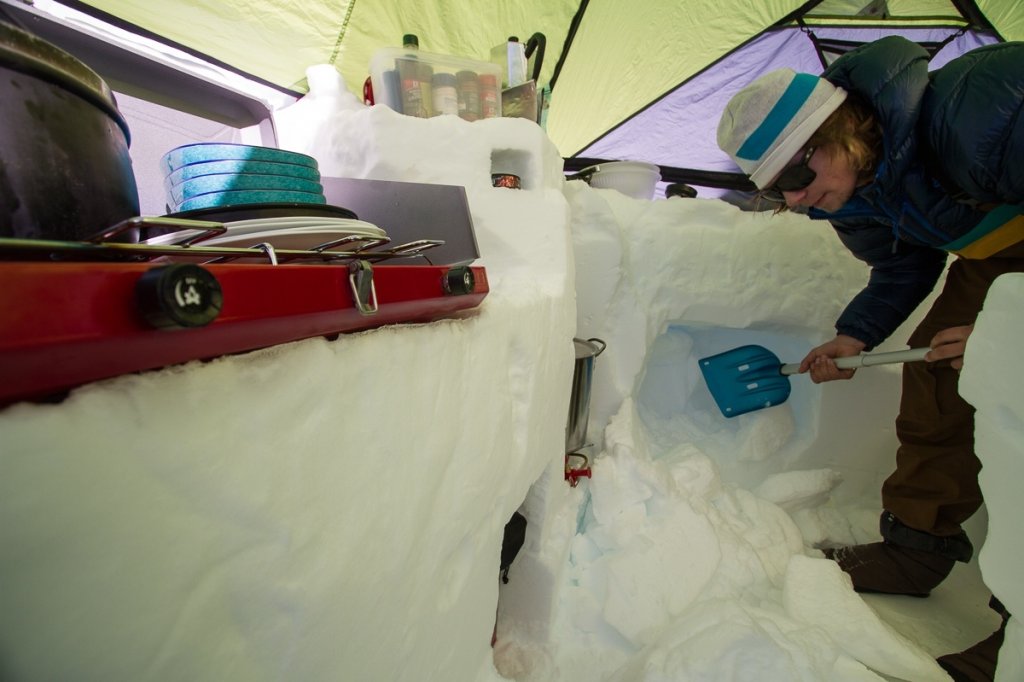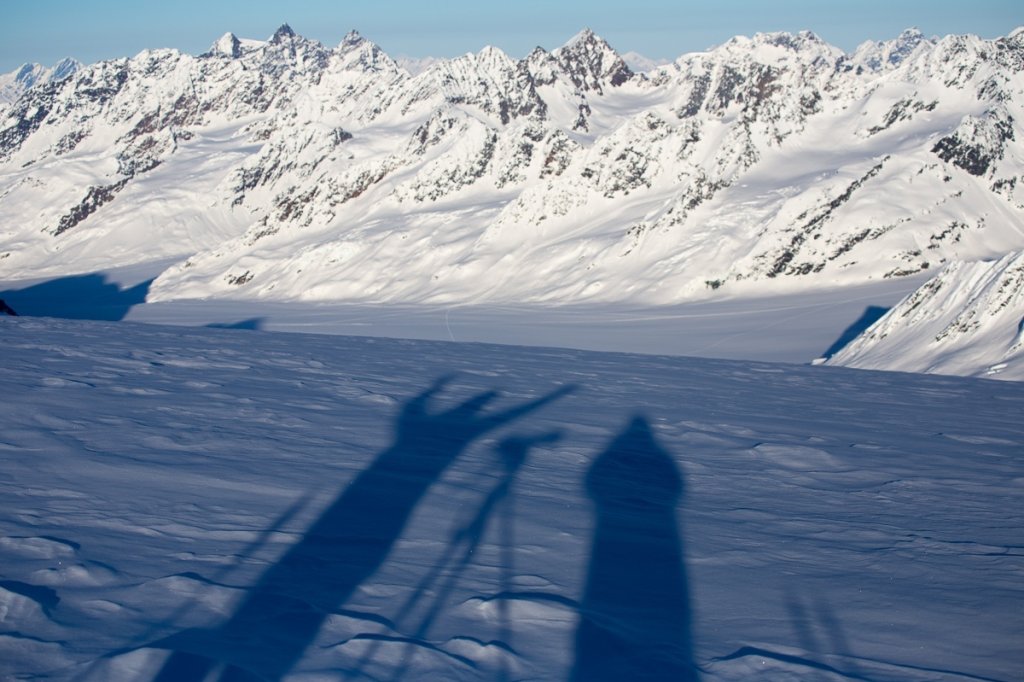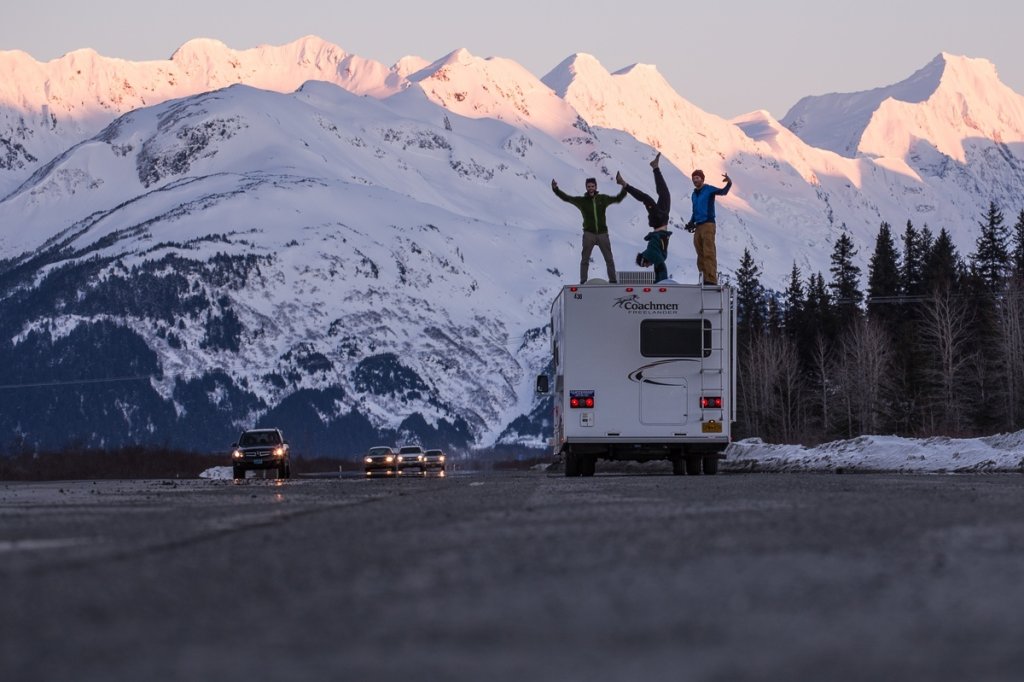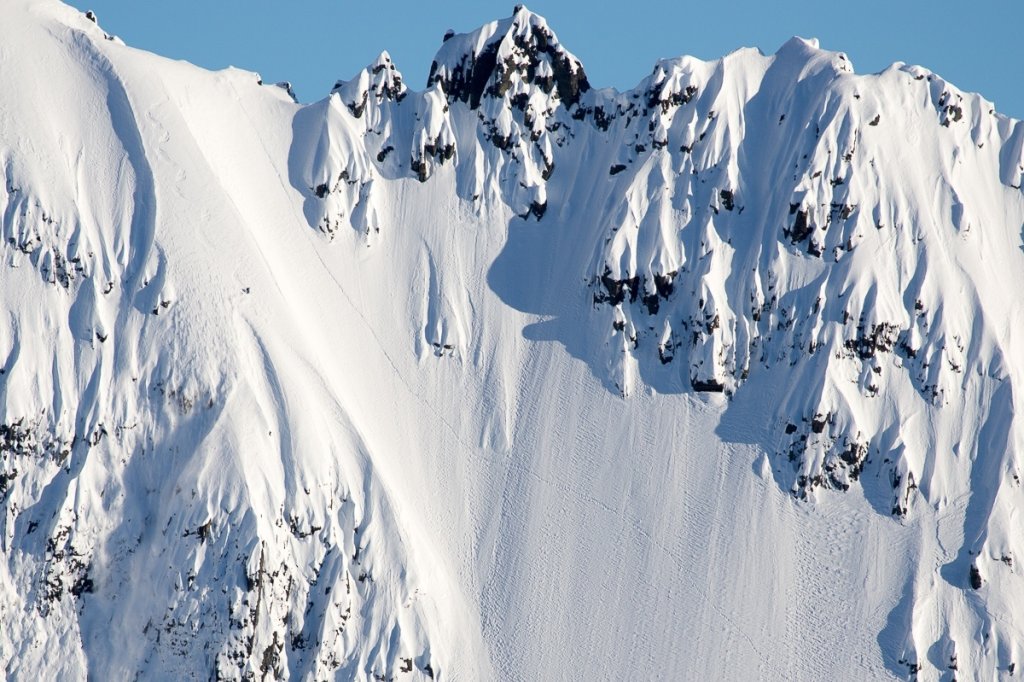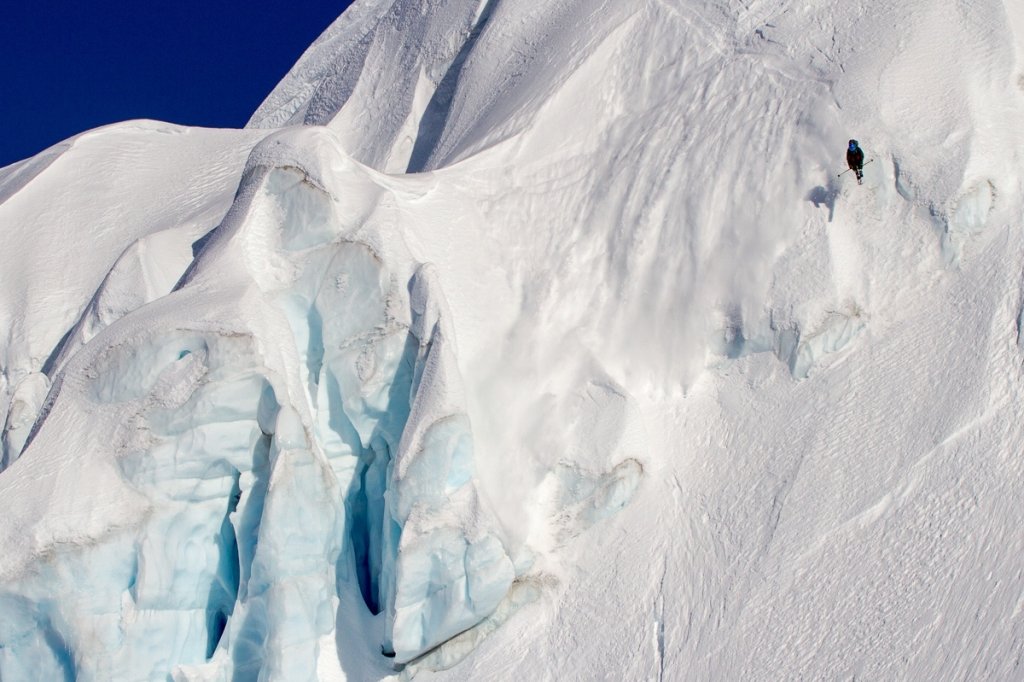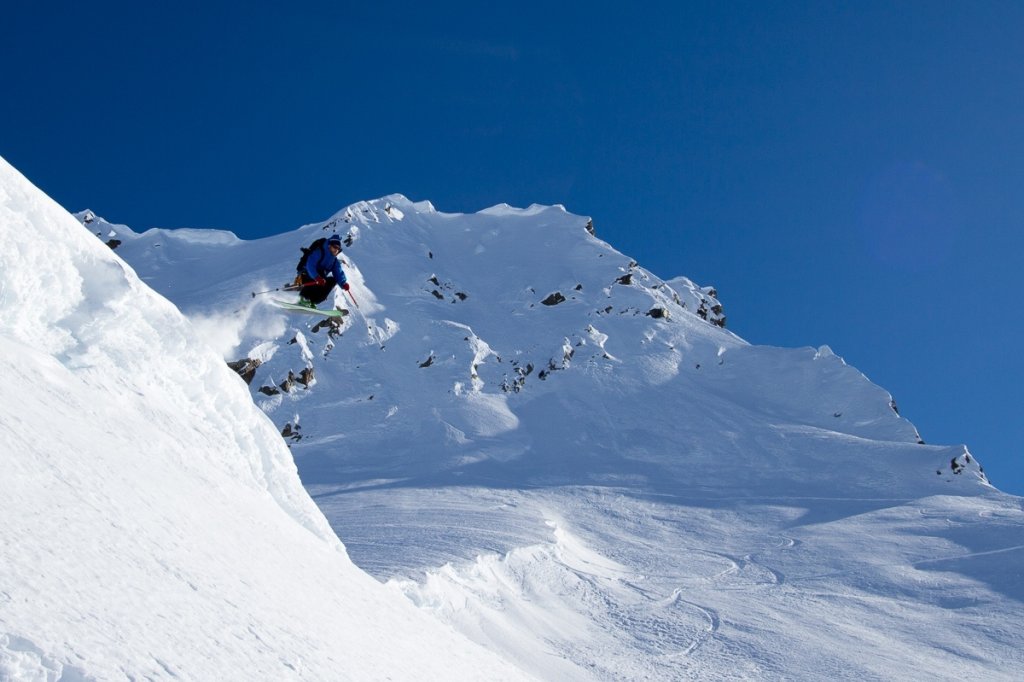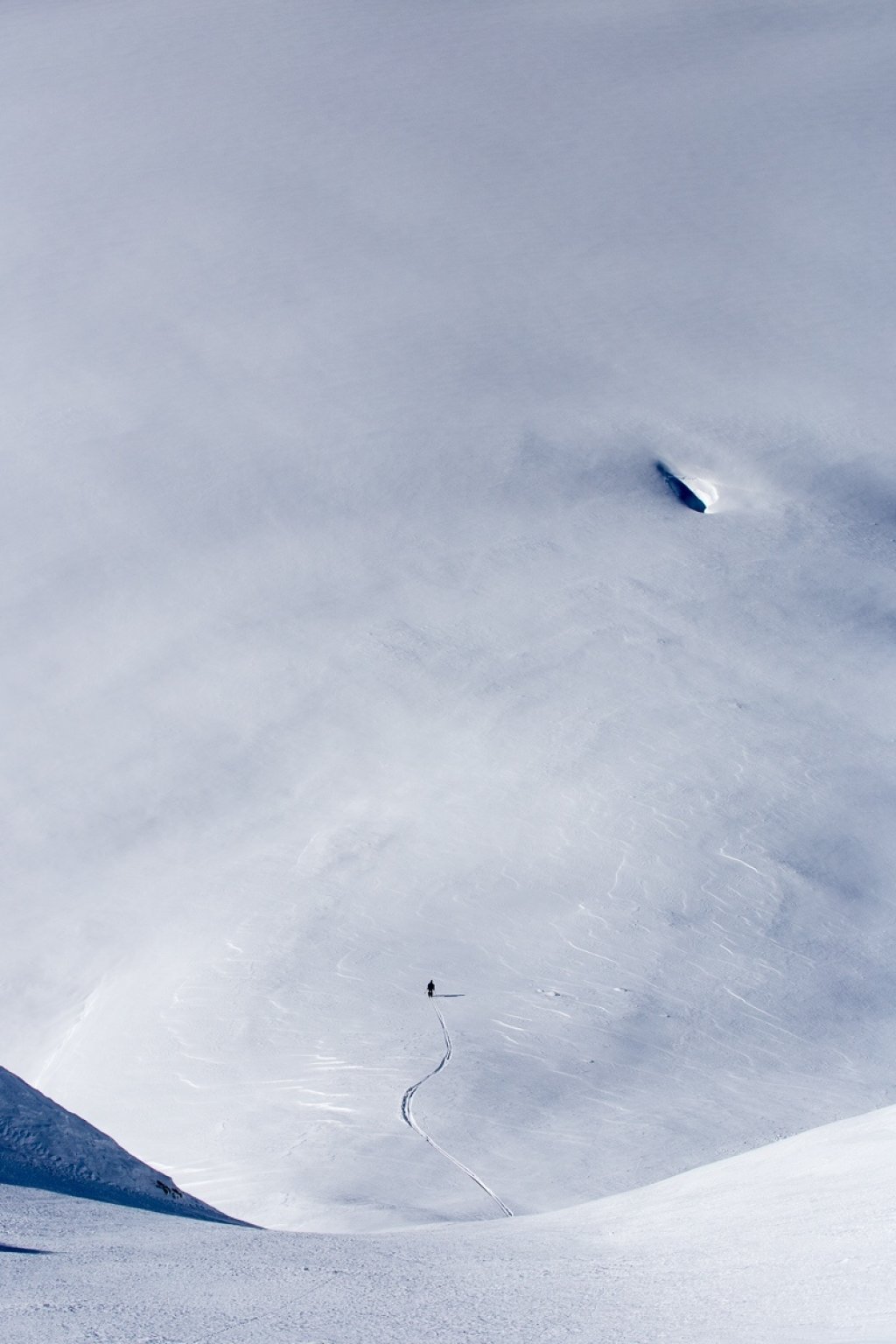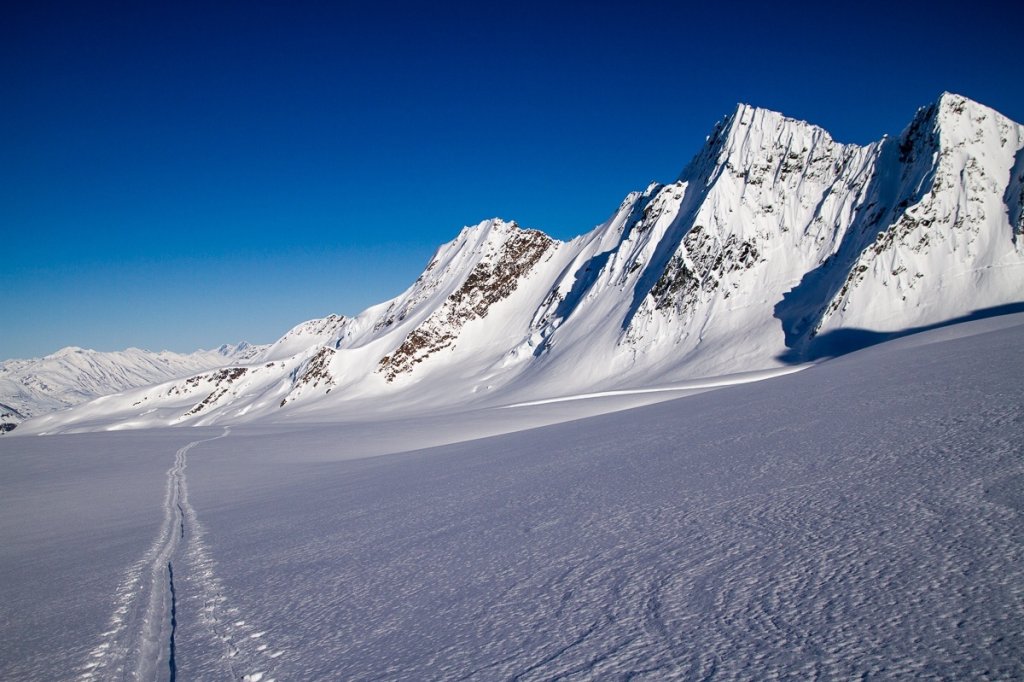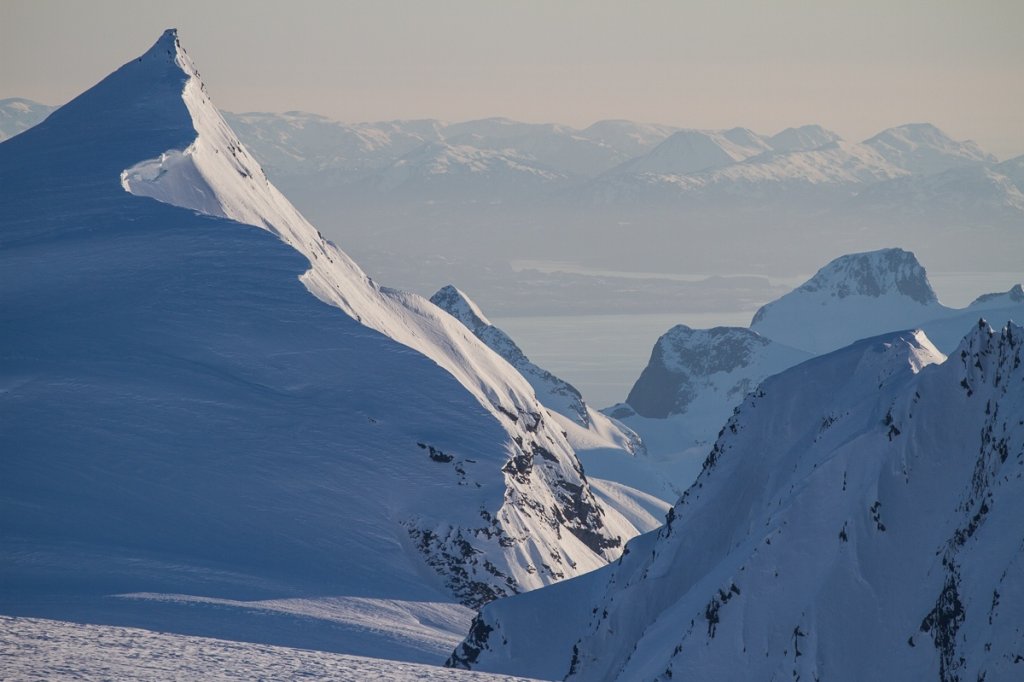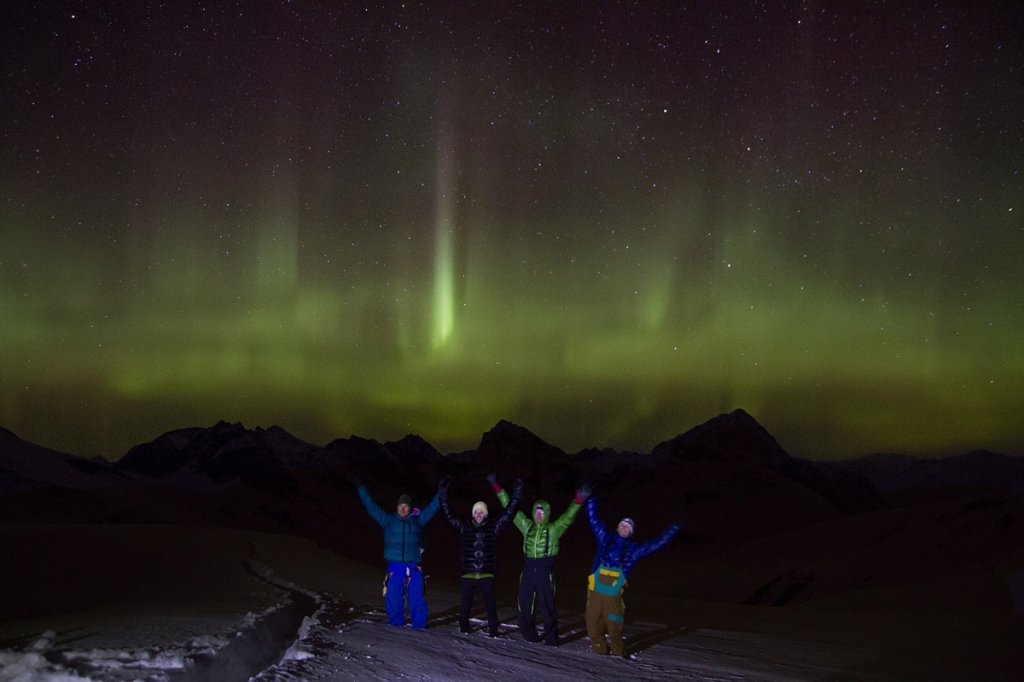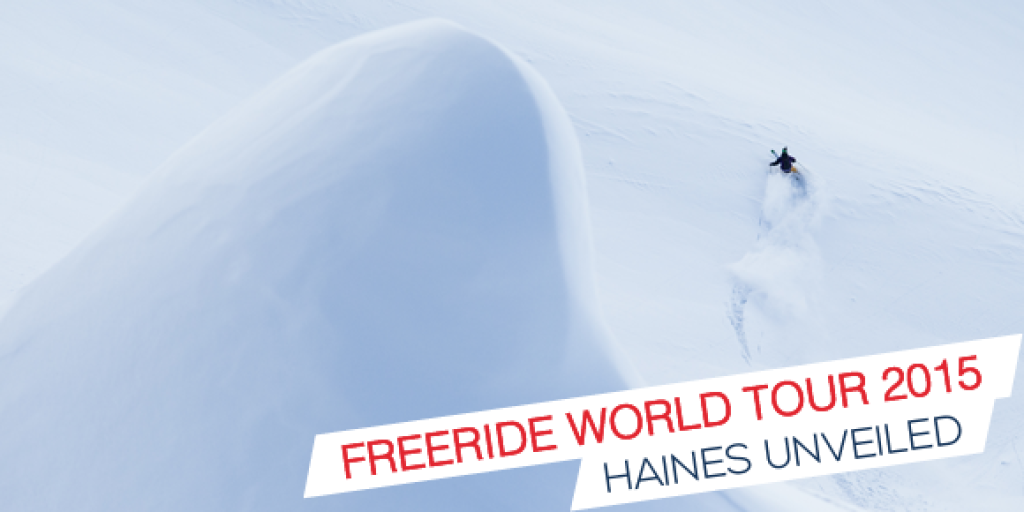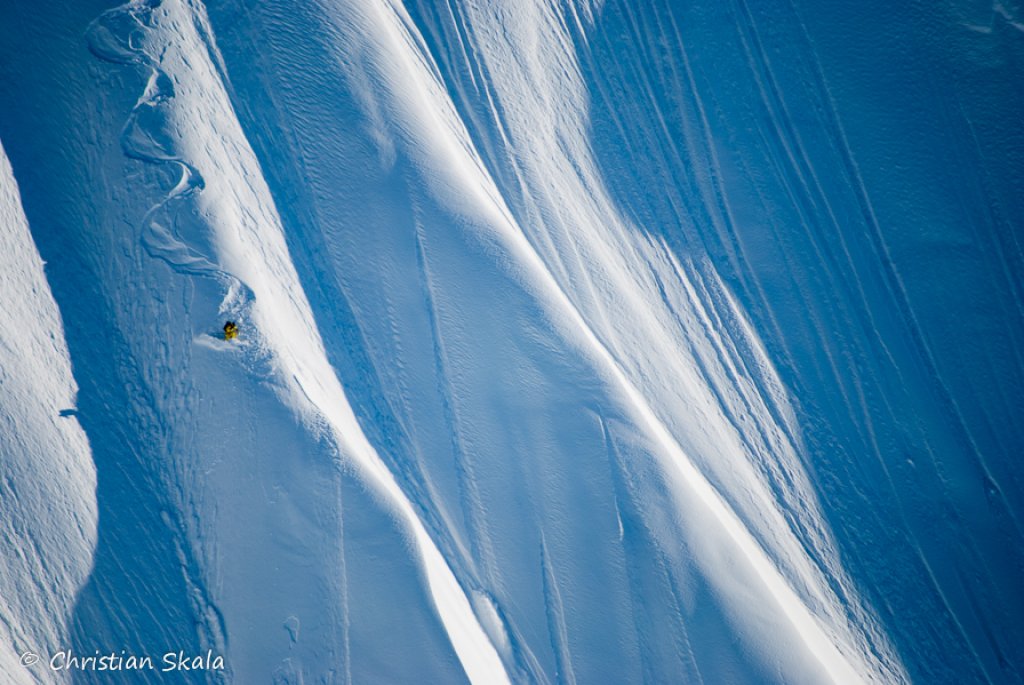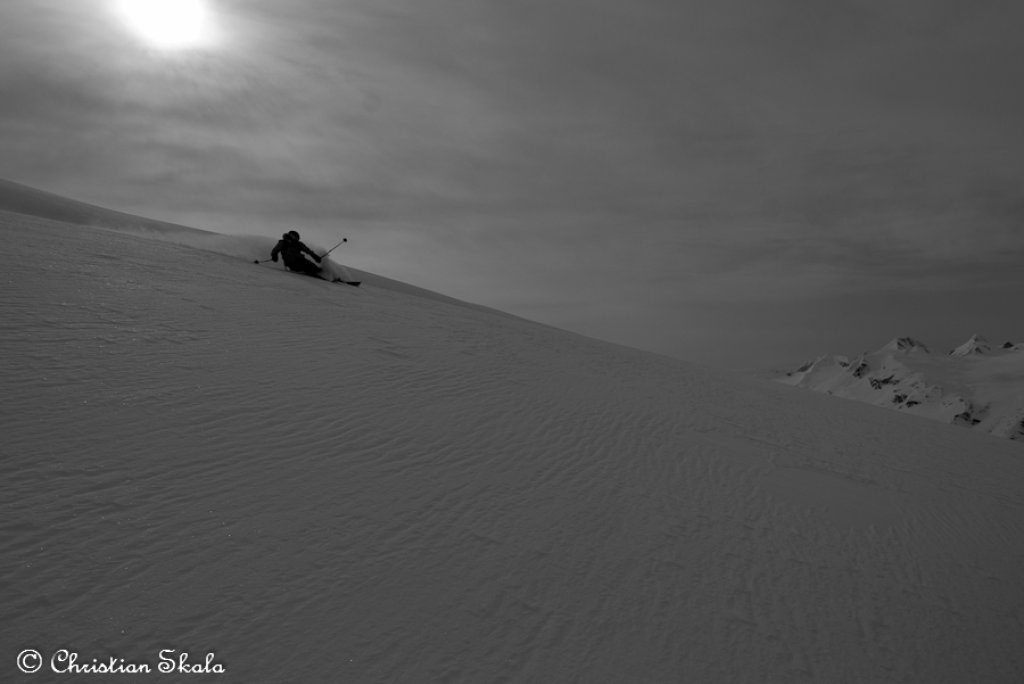"The Alaskan adventure began on March 15 with my departure from Zurich to Philadelphia. Because it never really got to be winter in Switzerland, I had high expectations of lots of snow and a picture-book winter. We imagined setting up a camp in the Alaskan mountains. Robert, Sandro and Jonas already had experience of skiing in North America, whereas I consider myself a greenhorn. But skiing in Alaska is new territory for all of us."
With a mixture of advance planning and great spontaneity, you will almost certainly get your money's worth in Alaska. It helps to choose a few options in advance where you can camp. You should also have an idea of the desired terrain and the necessary equipment in your bag. Especially in a winter with little snow for Alaska, with sometimes difficult avalanche conditions, flexibility is a big plus. This was demonstrated time and again on the trip. Firstly, things turn out differently, and secondly, than you think.
"There was enough time on the flight to Philadelphia to fantasize about how everything would turn out. The American security regulations were so rigorous that we missed our onward flight, cursing, and had to hold out for a night in Philadelphia. The next day we were able to continue our journey to Anchorage. Like many, we arrived here in the middle of the night. We waited around at the airport until the morning. The important thing now was to find a suitable means of transportation. We quickly realized that a pick-up was too small to transport all our luggage. So we decided on a camper van. Jonas worked really hard and soon found the ideal vehicle."With the right vehicle, there are few limits for freeriders in Alaska. The advantages of mobile accommodation allow you to enjoy the Alaskan adventure to the full. But first you need to equip yourself with the necessary gear. Alaska's capital Anchorage with its countless outdoor stores is ideal for this.
